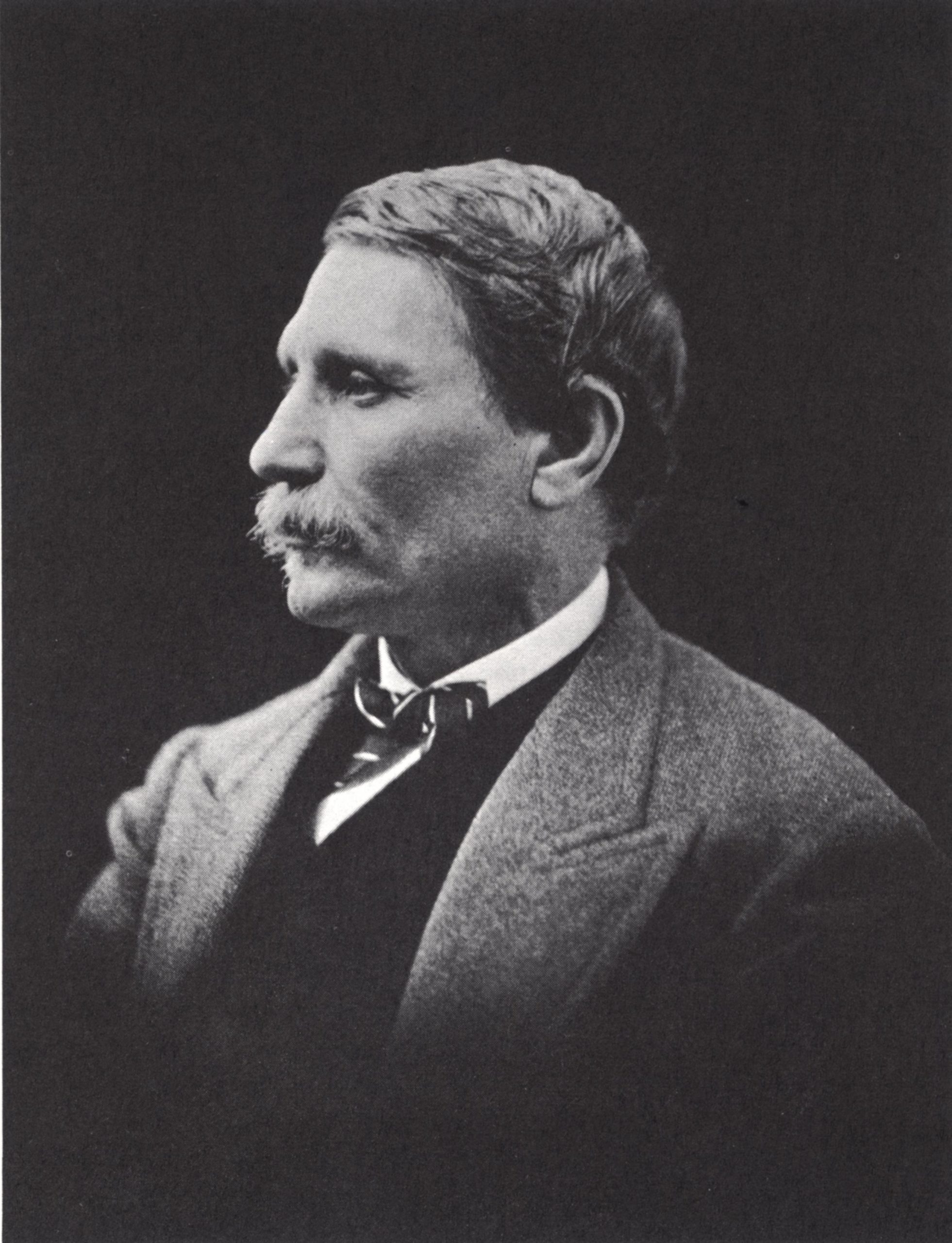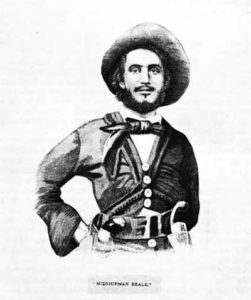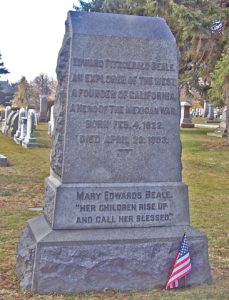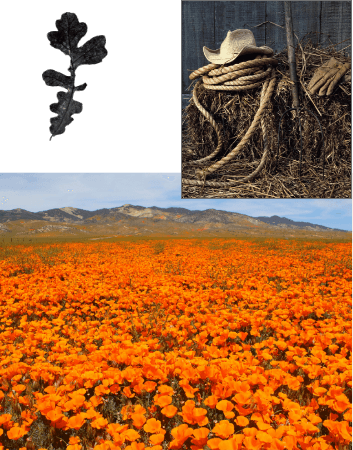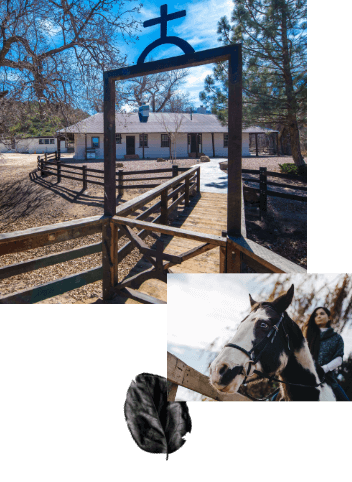Robert J. Reid brings a wealth of experience and vision to his new role
TEJON RANCH, Calif. (Oct. 28, 2015) – The Board of Directors of the Tejon Ranch Conservancy, one of the West’s largest and most significant land trusts, announced today that Robert J. Reid is the new president and CEO of the Conservancy.
Since its founding in 2008, under a groundbreaking conservation agreement, the Conservancy has created a range of programs for conservation, science and public access on the 240,000 acres of the Tejon Ranch set aside for conservation. Reid will lead the nonprofit organization as it seeks to expand those programs at Tejon Ranch, which is located at the southern end of the San Joaquin valley.
“I am honored to join the Conservancy and build on its past accomplishments while strategically guiding the organization as it grows,” said Reid. “The Conservancy is protecting and sustaining one of California’s most remarkable landscapes. Tejon Ranch is one of the West’s last great places and an ecological treasure that many can experience and learn from.”
Reid brings experience in organizational development, conservation, land trust management and communications to his new position. Prior to joining the Tejon Ranch Conservancy, he served as the chief development and communications officer of the Catalina Island Conservancy where, as a member of the Executive Team, he focused on expanding the base of the organization through membership, major gifts and program support.
“After seven years devoted to establishing the Tejon Ranch Conservancy and its core programs, we are excited by the demonstrated potential that Bob Reid brings for growth in programs, in geographic range and in institutional support,” said Tejon Ranch Conservancy Board Chairman Joel Reynolds, the Natural Resources Defense Council’s western director and senior attorney. “His vision and success on Catalina Island reflect the leadership qualities needed to enable this unique land trust to thrive in fulfilling its conservation mission at Tejon Ranch.”
Among other accomplishments at the Catalina Island Conservancy, Reid secured funding for Trekking Catalina: A Master Trails plan, and NatureWorks, a partnership with Long Beach Unified School District to enhance learning through environmental experiences. He also launched a new magazine for the Conservancy. Previously, he served as Los Angeles director of The Trust for Public Land, and he is past chairman of the board of the Los Angeles Neighborhood Land Trust, a nonprofit organization dedicated to strengthening neighborhoods through the creation of parks and public gardens.
“Conservation has always been at the heart of Tejon Ranch, and our partnership with the Tejon Ranch Conservancy has taken that to the next level,” said Tejon Ranch Co. President and CEO Gregory S. Bielli. “We congratulate the Conservancy Board on finding such an experienced and capable leader as Bob Reid. We look forward to increasing our joint cooperation and partnership under his leadership.”
Reid replaces the Tejon Ranch Conservancy’s founding Executive Director Tom Maloney who left the organization in June to advise the National Audubon Society on its western lands program. Maloney guided the Conservancy since its inception and, among other things, led the organization to accreditation by the Land Trust Accreditation Commission; secured over 100,000 acres of conservation easements at Tejon Ranch (including a viewshed easement for relocation of the Pacific Crest Trail through the heart of the ranch), and helped develop the first Ranch-Wide Management Plan, a blueprint for protecting and restoring the Ranch’s native biodiversity and ecosystem. He is continuing his association with the Conservancy as a senior fellow.
About the Tejon Ranch Conservancy
The Tejon Ranch Conservancy is one of the West’s largest and most significant land trusts. The nonprofit organization is dedicated to restoring and enhancing one of California’s last great places, the historic Tejon Ranch, the single largest piece of private property in the state. With 240,000 of its nearly 270,000 acres (422 square miles) set aside for conservation, the Tejon Ranch is one of the West’s most important ecological gems. The Conservancy, working in concert with the Tejon Ranch Co., is committed to state-of-the-art conservation and land management to protect this irreplaceable landscape. They are also working together to connect people of all backgrounds to the land and conservation by engaging them in citizen science, academic research, naturalist training and environmental education. For more information, please visit TejonConservancy.org.
Tejon Ranch Conservancy Media Contact:
Laura Mecoy, Laura@Mecoy.net, 310-546-5860
We at Tejon Ranch are well aware that our legacy is tightly bound to our history. Just as our great nation has its founding fathers, so does Tejon Ranch. That man is Edward Fitzgerald Beale, an American hero and explorer who craved adventure and embodied the spirit of the old west. Tejon Ranch’s history begins, in part, with Edward Fitzgerald Beale.
Beale founded the Tejon Ranch as we know it between 1855-1866 when he purchased four Mexican land grants that totaled 270,000 acres—real estate roughly equivalent in size to metropolitan Los Angeles. But his story is much richer than this; Beale is one of the most accomplished and largely overlooked figures of the 19th century. He not only had a profound influence on the birth of Tejon Ranch, but also was instrumental in the early development of California. He is an American legend and Tejon Ranch is rich in story partly because of his character and contributions.
Born in Washington D.C. on February 4, 1822 Beale attended Georgetown University at age fifteen before going to Naval School in Philadelphia. He later became an important national figure, receiving appointments and commissions from five United States Presidents, serving as a lieutenant in the Navy, an anti-British spy, a Mexican-American War hero, a frontiersman, Superintendent of Indian Affairs for California and Nevada, Surveyor General of California, Brigadier General in the California State Militia, and Ambassador to Austria-Hungary. And that is the abridged version of his bio.
To understand the depth of his character, you have to understand the landscape of California in the 1800s. Very few people lived in the far west at that time. The west was indeed, wild. The land was isolated. Infrastructure simply did not exist. It was men like Beale that forged the path for Tejon Ranch and California.
Beale fought in the Mexican-American War, emerging as a hero of the Battle of San Pasqual in 1846 when he and Kit Carson volunteered to sneak past enemy lines to seek help from Commodore Stockton near San Diego. The two traversed 30 miles of desert across four Mexican defense lines in order to get back up for their fellow soldiers who were under siege. Fear of detection led them to abandon their jangling canteens and heavy boots. They made the journey in record time barefoot and without water and three days later, help came. Because of their valor, the Mexican troops were forced to withdraw, thus loosening their hold over California. Soon after, the surrender of California to the U.S. in the Treaty of Guadalupe Hidalgo marked the end of the Mexican-American War in 1848.
This was very fortunate timing for the United States. In 1848 rumors were starting to circulate about the discovery of gold near Sacramento. It was the Gold Rush that truly brought Beale into the national limelight. Realizing the importance of this discovery and the need for the federal government to be alerted – Beale, a navy man, raced against the army to be the first with the news of the discovery. He crossed Mexico on horseback disguised as a vaquero, then crossed by ship to Alabama and finally by stagecoach to D.C. to arrive in September 1948. He was the first to bring gold samples to the east and soon after began the great California Gold Rush.
But it wasn’t just that he was a hero or that he delivered the first news of the Gold Rush that made him a great American figure. He was an explorer at heart. Beale surveyed much of the west. In 1861, Beale was appointed by President Lincoln as Surveyor General of California and Nevada. He’s most famous for paving the way with the Beale Wagon Road that served as a foundation for U.S. Route 66, the Transcontinental Railroad and Interstate 40 – quite literally paving the way for our future.
Yes, Tejon Ranch is a land rich in history and blessed by nature. But we stand on the shoulders of giants. And that is why as we look to the future we have a duty to our founding father to ensure this land will always be a beacon of discovery for what the future holds.
References:
Spreading the Word: A History of Information in the California Gold Rush, Journal of Sierra Nevada History, Bureau of Land Management, The Last Camel Charge: The Untold Story of America’s Desert Military Experiment, Legends of America
